Rice
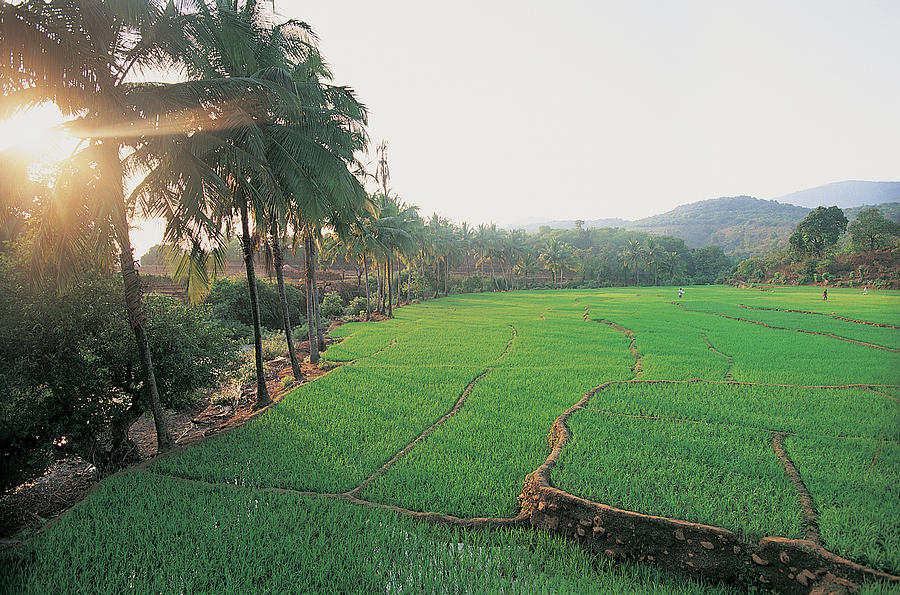
Rice, edible starchy cereal grain and the plant by which it is produced. Roughly one-half of the world population, including virtually all of East and Southeast Asia, is wholly dependent upon rice as a staple food; 95 percent of the world’s rice crop is eaten by humans.
The cultivated rice plant, Oryza sativa, is an annual grass of the Gramineae family. It grows to about 1.2 metres (4 feet) in height. The leaves are long and flattened, and its panicle, or inflorescence, is made up of spikelet bearing flowers that produce the fruit, or grain.
Many cultures have evidence of early rice cultivation, including China, India, and the civilizations of Southeast Asia.
n the 1960s, the so-called Green Revolution, an international scientific effort to diminish the threat of world hunger, produced improved strains of numerous food crops, including that known as miracle rice.
Global Trade Overview :
Global rice trade is now forecast at a record 47.9 million tons for 2018, but the composition of suppliers is expected to change from last year. For the seventh consecutive year, India is forecast to be the top exporter, reaching a record 13.0 million tons. With record production and ample stocks, there is no threat of the government curtailing non-basmati exports and the forecast is for robust basmati and non-basmati exports, primarily to the Asian, African, and Middle Eastern regions.
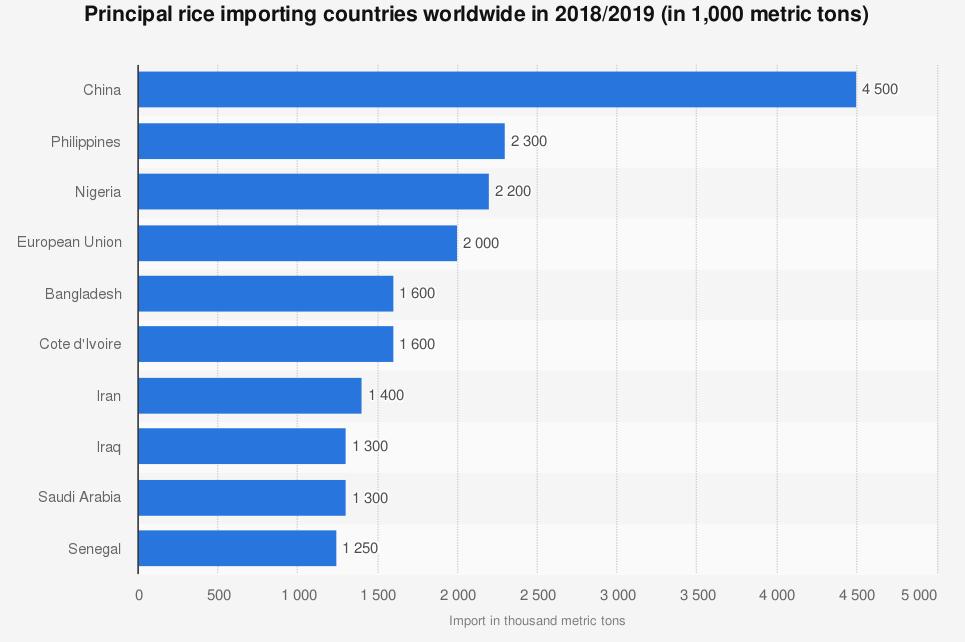
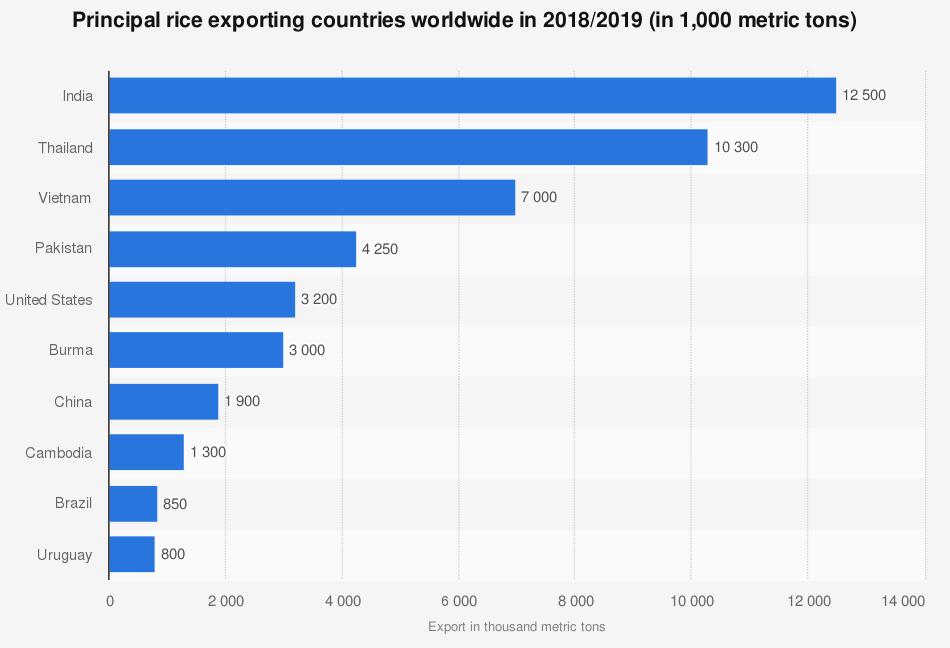
Source : US Department of Agriculture
Rice History in India
The earliest remains of the grain in the Indian subcontinent have been found in the Indo-Gangetic Plain and date from 7000–6000 BC though the earliest widely accepted date for cultivated rice is placed at around 3000–2500 BC with findings in regions belonging to the Indus Valley Civilization. Perennial wild rice still grow in Assam and Nepal. It seems to have appeared around 1400 BC in southern India after its domestication in the northern plains. It then spread to all the fertile alluvial plains watered by rivers.
Though there are a large number of rice varieties grown across countries, in India apart from non-basmati rice, specialty Basmati rice is also cultivated which is a unique fragrance. This rice is different from any other fragrant rice grown in the word and there is an adage “All Basmatis are scented but not all scented rice is Basmati”. Basmati rice is a heritage of Indian subcontinent and is cultivated under the foothills of Himalayas only in defined region encompassing the states of pre-partition Punjab (part of Punjab now in Pakistan), Haryana, Uttarakhand, Western UP, Himachal Pradesh, Delhi and three districts of Jammu Division in Jammu & Kashmir. Because of its nexus with the climatic conditions and environment in the growing geography, it has been designated as a Geographical Indication (GI) also.
India’s Export of Rice
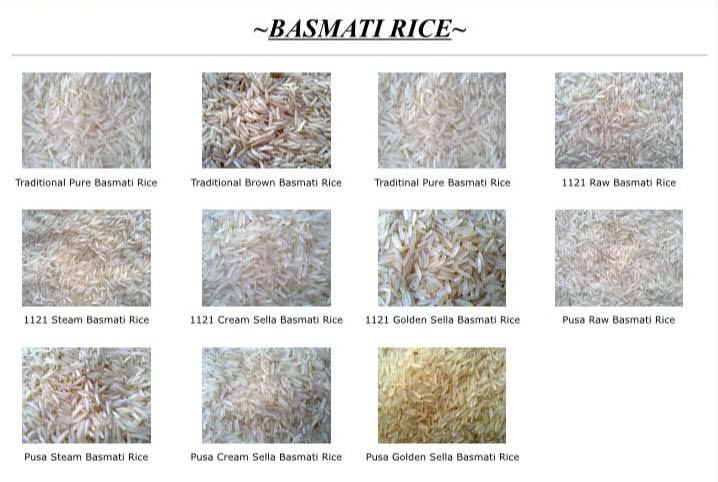
Basmati Rice
Known for its slender, silky grain, typical fragrance upon cooking and unique characteristics, Basmati rice is also termed as Kind of Rice.It is long grain aromatic rice grown for many centuries in the specific geographical area, at the Himalayan foot hills of Indian sub-continent, blessed with characteristics extra- long slender grains that elongate at least twice of their original size with a characteristics soft and fluffy texture upon cooking, delicious taste, superior aroma and distinct flavor, Basmati rice is unique among other aromatic long grain rice varieties.India has exported 44,14,562.21 MT of Basmati Rice to the world for the worth of 4,722.46 US$ Mill during the year 2018-19.Major Export Destinations (2018-19) : Iran, Saudi Arab,Iraq, U Arab Emts, and Yemen. ( source: APEDA)
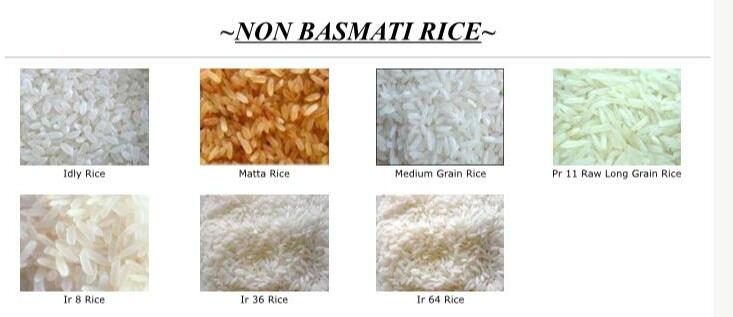
Non-Basmati
Any rice other than Basmati Rice is named as Non- Basmati rice. This rice is cultivated in almost every state of India and there are a vast number of varieties existent. India has exported 75,99,552.15 MT of Non-Basmati Rice to the world for the worth3,047.78 USD Millions during the year 2018-19 ( source: APEDA)
India’s Major Export Destination for Basmati
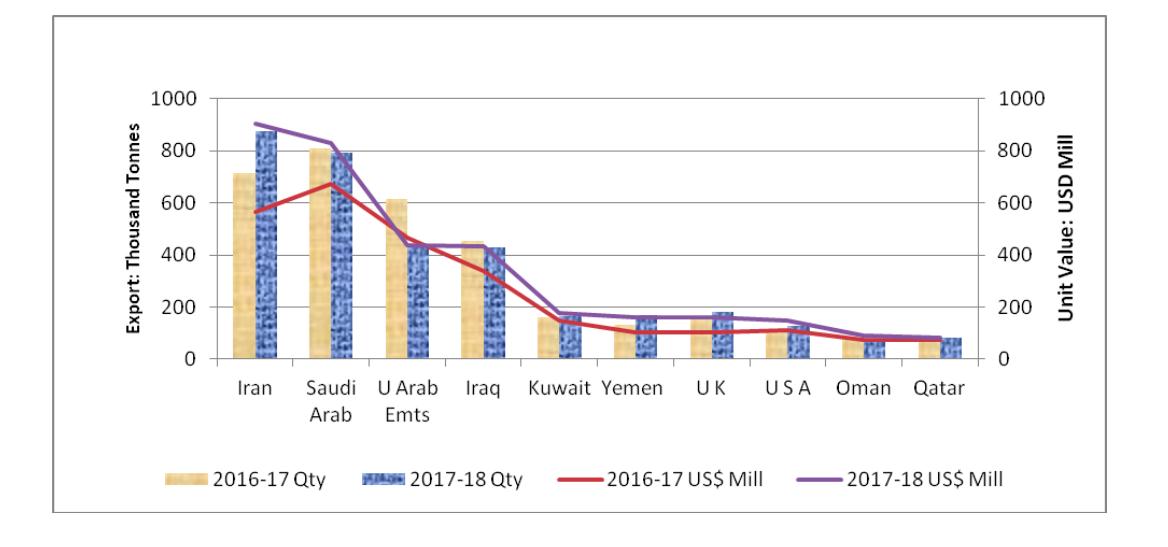
Source: India Department of Commerce
India’s Major Export Destination for Non- Basmati Rice
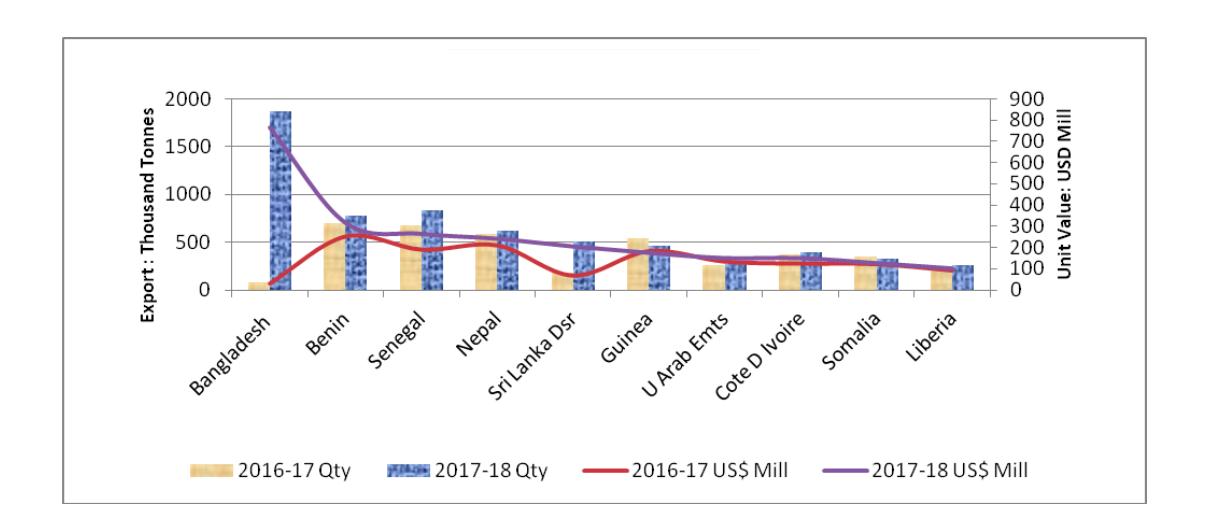
Source: India Department of Commerce



